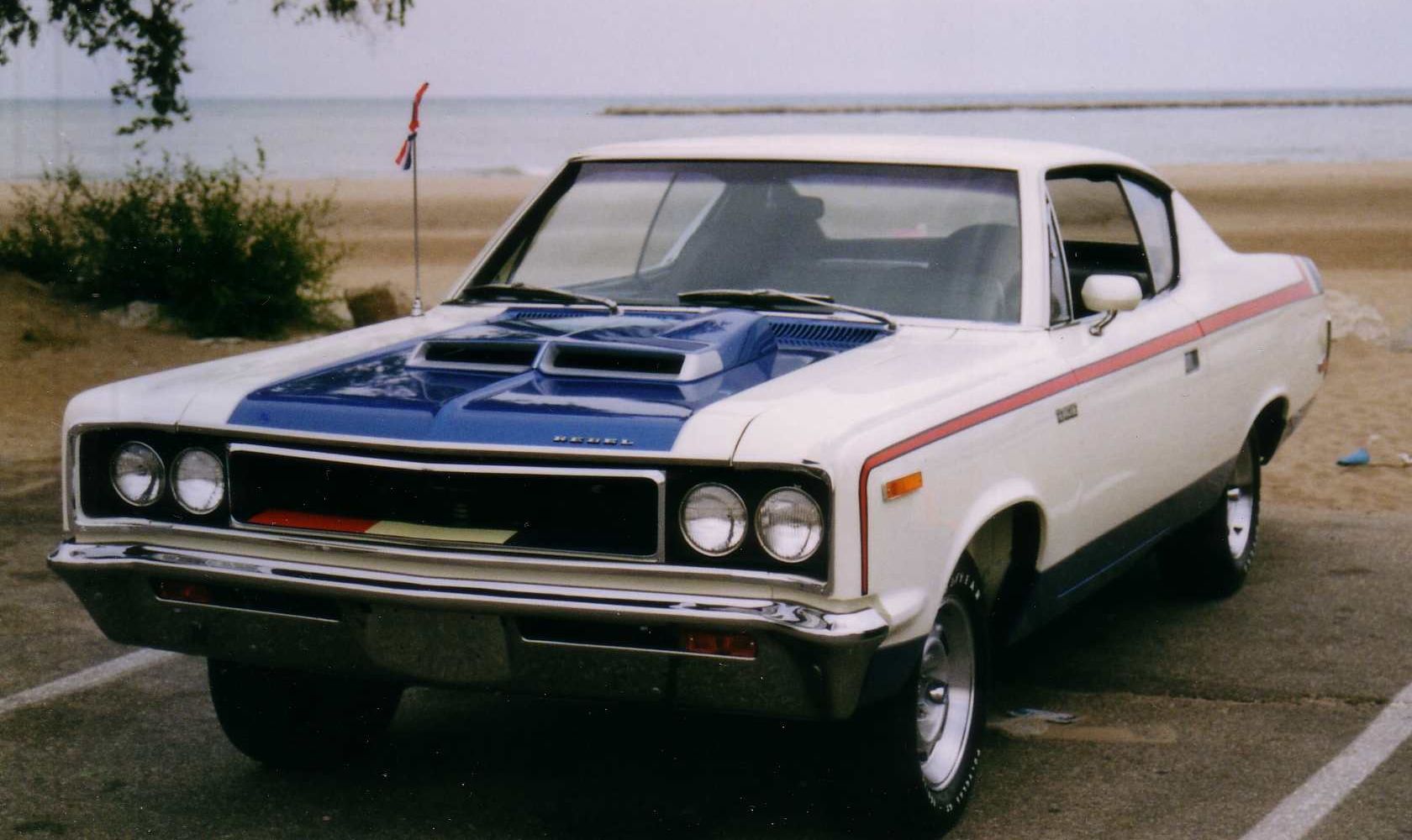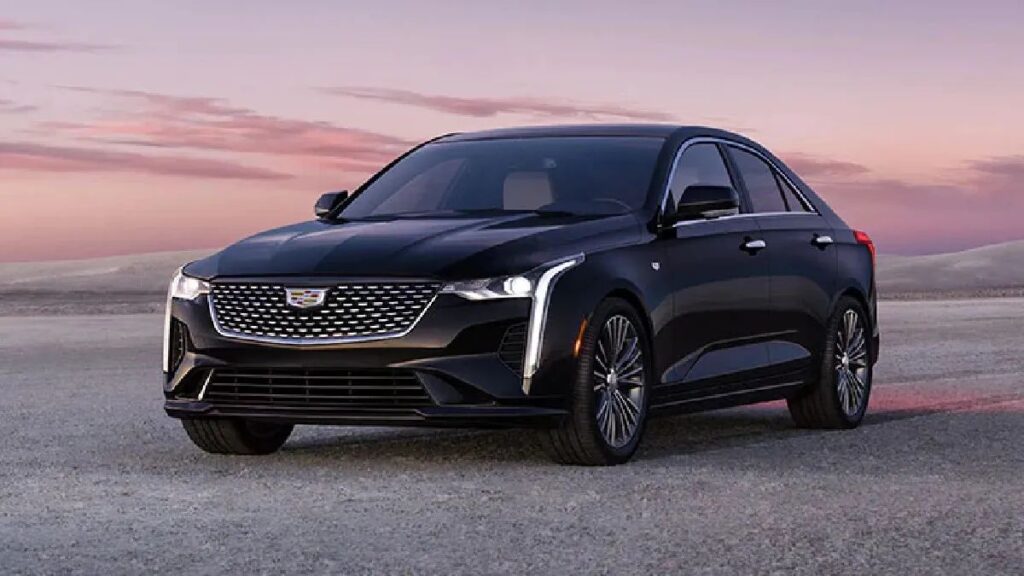
The promise of safer vehicles has been a cornerstone of automotive marketing for decades, with manufacturers often extolling the advanced safety virtues of their models. Companies like Ford Motor Co. once pledged to “design its products not only to meet or exceed all applicable laws and regulations, but also to advance the state-of-the-art wherever practicable.” Similarly, Toyota in 2010 asserted, “Everyone deserves to be safe. No matter who you are or what you drive, everyone deserves to be safe,” while Honda in 2016 touted its “collision mitigation braking system” designed to minimize collision severity.
Consumers today are often captivated by cutting-edge technology, impressive fuel economy figures, and sleek vehicle designs. However, beneath the polished exterior and marketing rhetoric, a concerning trend has emerged: crucial safety features are being quietly removed or relegated to optional, often expensive, packages. This shift, driven by various factors, raises significant questions about consumer protection and the true commitment to safety across all vehicle tiers.
When these assurances and design goals are not met, the consequences can be severe, potentially leading to catastrophic injury or death. This in-depth analysis will shed light on a troubling pattern of diminished safety provisions in modern automobiles, guiding consumers to understand what they might be losing before they drive away with their next vehicle.
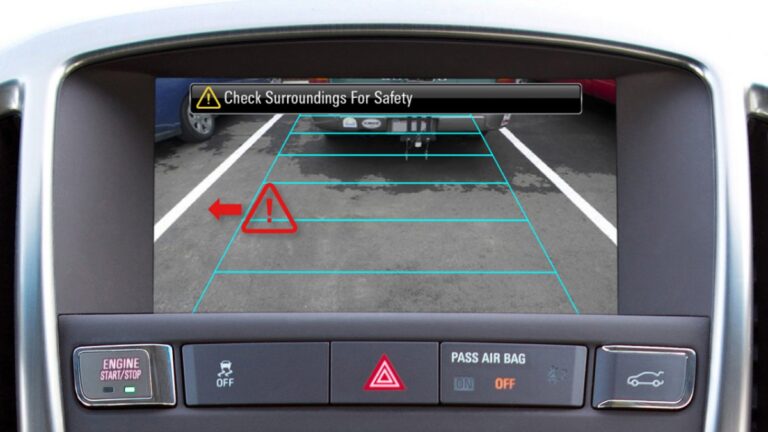
1. **Rear Cross-Traffic Alert**Rear cross-traffic alert systems serve as a vital aid for drivers, enabling them to detect vehicles or objects approaching from the side when backing up. This technology acts as an invaluable lifesaver in scenarios such as crowded parking lots or driveways where visibility might be severely limited. Its ability to warn drivers of unseen hazards can prevent significant accidents and reduce the stress of maneuvering in tight spaces.
Despite its clear benefits, this essential safety feature has seen a concerning regression in its availability. Several manufacturers have recently opted to remove rear cross-traffic alert from base trim levels of their vehicles. In many cases, it is now only offered as part of expensive upgrade packages, effectively placing a premium on a feature that should arguably be a standard safety inclusion.
The implications of this removal are substantial, particularly for owners of larger vehicles. Without the assistance of rear cross-traffic alert, reversing operations become significantly riskier, especially in SUVs and trucks that inherently possess larger blind spots. Drivers may remain unaware of an impending collision until a near-miss occurs, or, tragically, until a more serious incident takes place. This quiet change demands that consumers be more vigilant about verifying the inclusion of such protective technologies.
Read more about: The Electrified Road Ahead: Unpacking Why 2025 Hybrid SUVs are Dominating the Market Landscape

2. **Front Parking Sensors**Front parking sensors once represented a common fixture on mid-level vehicle trims, providing invaluable assistance for navigating tight parking situations with precision and confidence. These sensors offered audible or visual cues to drivers, indicating the proximity of obstacles ahead and helping prevent inadvertent bumps or scrapes. Their integration simplified the urban driving experience, reducing the likelihood of minor but costly damage.
However, a concerning trend indicates that more automotive brands are discreetly discontinuing these front sensors from their standard offerings. Increasingly, this practical aid is being reserved exclusively for premium models, pushing it out of reach for a broader segment of the consumer market. This strategic repositioning likely serves to cut costs for automakers, yet it undeniably shifts the burden and associated risks directly back onto the driver.
The absence of front parking sensors makes unintentional impacts with curbs, poles, or even vulnerable pedestrians far more probable than many might realize. This risk is particularly pronounced given the contemporary designs of many vehicles, which often feature larger and less visible front ends. Consequently, if a new car lacks this seemingly subtle yet highly beneficial helper, drivers are compelled to exercise an even greater degree of caution and spatial awareness in everyday driving scenarios.
Read more about: Decoding Your Car’s Cries: A Popular Mechanics Guide to Diagnosing Strange Noises, From Squeaks to Knocks

3. **Physical Blind Spot Mirrors**While advanced blind spot monitoring systems offer digital alerts to drivers about vehicles in adjacent lanes, many motorists still highly value and rely on the straightforward utility of simple convex blind spot mirrors. These physical mirrors, often integrated directly into the side mirrors, provide a wide-angle view that helps drivers manually identify vehicles lurking in their blind spots, acting as a direct visual aid.
In a move that has surprised and frustrated many, some automakers have completely removed these physical blind spot mirrors from their vehicles. Critically, this removal often occurs without offering any compensatory substitute, unless consumers are prepared to pay for high-end technology packages that include more sophisticated digital monitoring systems. This decision leaves a significant gap in accessible safety features.
The consequence is a reduction in the tools available to drivers for spotting motorcycles, smaller vehicles, or even larger cars that might be positioned in an adjacent lane’s blind spot. Without the provision of either digital or manual support to address this common hazard, lane changes inherently become more perilous. This particular omission stands out as one of the most frustrating quietly removed car safety features, diminishing a crucial, low-tech layer of protection.
Read more about: Seeing Clearly: Your Essential Guide to 2025 Cars with Top Nighttime Visibility and Superior Driver Sightlines
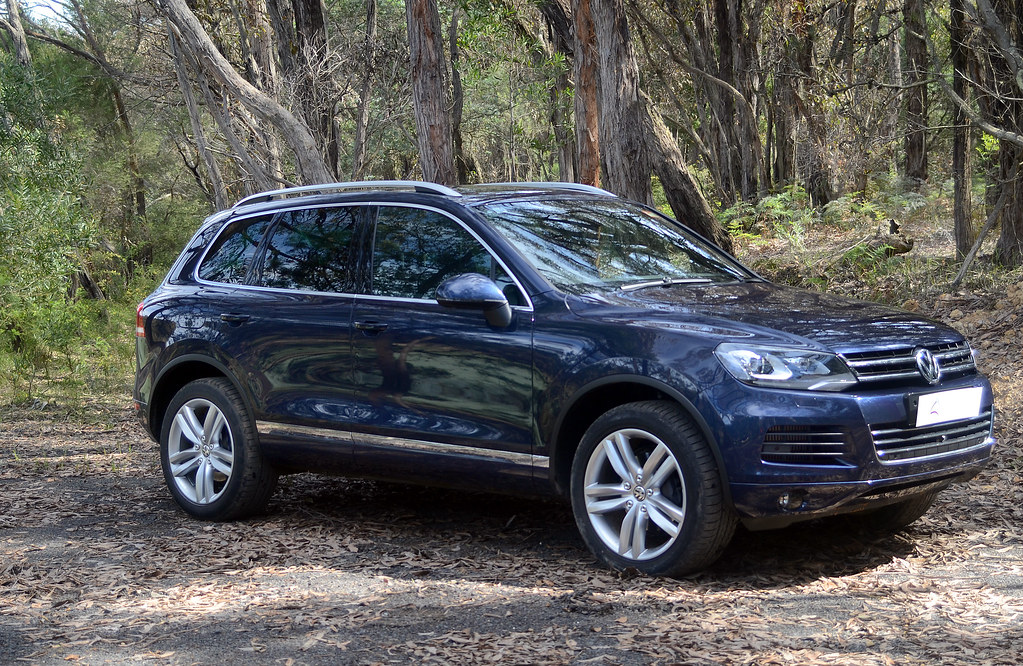
4. **Automatic Emergency Braking on Entry Models**Automatic Emergency Braking (AEB) stands as a pivotal safety technology designed to prevent rear-end collisions by actively detecting obstacles and, if necessary, automatically applying the brakes. Its proven capability to mitigate or even entirely avoid accidents made it a significant point of pride for many automakers, symbolizing a commitment to forward-thinking safety. This system represents a critical advancement in passive and active safety.
Despite its importance, AEB has seen a quiet but alarming reduction in its availability, particularly on entry-level models. Some base trims now entirely exclude this feature, a detail often obscured in fine print or altered subtly after initial product announcements. Such practices can lead to a dangerous misconception among consumers, who may incorrectly assume AEB is included as standard, thereby unknowingly exposing themselves to greater risks on the road.
The National Highway Traffic Safety Administration (NHTSA) has acknowledged the critical role of AEB, announcing that this technology is scheduled to become standard on all passenger cars and light trucks by 2029. However, until this mandate takes full effect, the onus remains on drivers to meticulously verify the availability of AEB before finalizing any vehicle purchase, especially when considering an entry-level trim where its omission is most prevalent.
Read more about: Which 2025 Midsize Sedans Truly Deliver the Best Value: An In-Depth Consumer Report
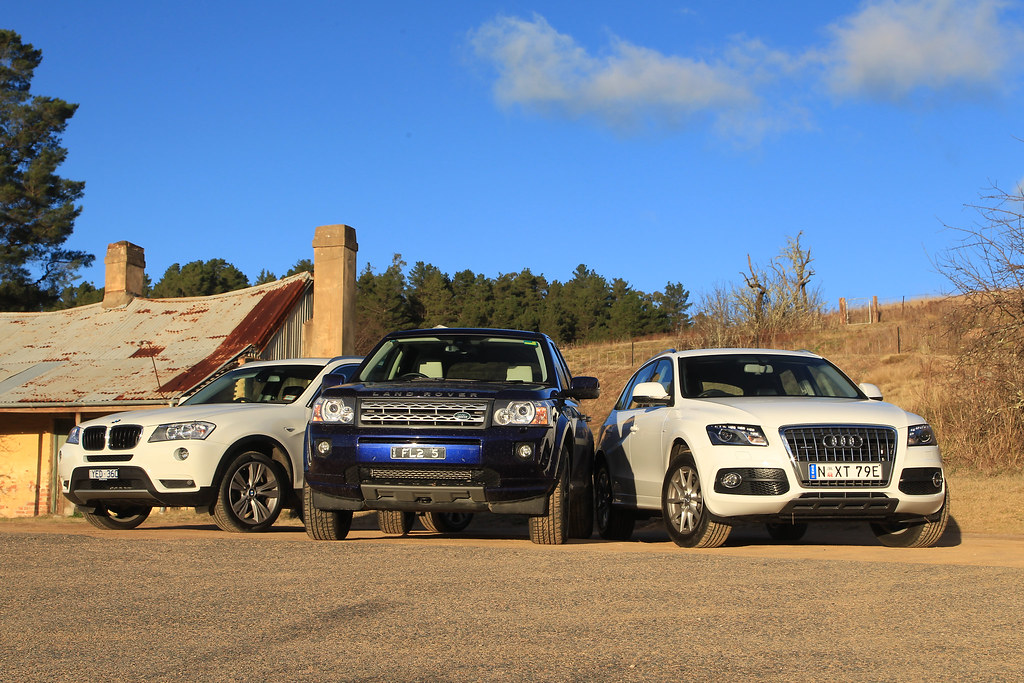
5. **Full-Size Spare Tires**While perhaps not as glamorous as advanced electronic systems, a full-size spare tire is a profoundly practical and often life-saving safety feature, offering crucial support during a roadside emergency. Its presence ensures that a driver can continue their journey safely after a tire blowout or puncture, without being stranded or forced to rely on temporary solutions. This simple component contributes significantly to driver peace of mind.
Regrettably, a growing number of new vehicles are now being sold without full-size spare tires. Instead, manufacturers frequently include only a tire repair kit or a compact “donut” spare. This prevalent shift is typically motivated by a desire to reduce vehicle weight and manufacturing costs, reflecting a business decision that directly impacts consumer preparedness and safety in critical moments on the road.
This cost-cutting measure severely limits a driver’s ability to operate their vehicle safely after experiencing a tire failure, particularly in remote or rural areas where immediate repair services are scarce. For individuals who frequently undertake long-distance travel or reside far from automotive repair shops, the absence of a proper spare tire transforms from a mere inconvenience into a potential safety hazard. Therefore, it is imperative for buyers not to assume their trunk contains a real spare and to physically check its presence before an emergency arises.
Read more about: Dax Shepard’s Legendary Garage: Unpacking 14 Automotive Jewels in His Coveted Collection

6. **Manual Override for Power Windows and Doors**The modern automotive design trend increasingly favors fully electric systems, leading to the gradual discontinuation of traditional manual window cranks and key-access door locks. This sleek, contemporary aesthetic aims to enhance the vehicle’s interior and exterior appeal, offering an impression of technological sophistication and streamlined operation. The shift is part of a broader move towards digital integration in vehicle controls.
However, this transition to entirely electric functionality introduces a critical safety vulnerability: the potential for occupants to become trapped within the vehicle. Should the car’s battery die, or its complex electrical system experience a failure, manual access to operate windows or unlock doors may be completely lost. This flaw, while seemingly minor, can have dire consequences in emergency situations.
In urgent scenarios such as vehicle submersion during a flood or entrapment after an accident, the inability to manually open windows or doors becomes a grave safety issue. This quiet design alteration is rarely highlighted in marketing brochures, yet it possesses the potential for deadly repercussions. It stands as one of the most overlooked removed car safety features, deserving far more attention from both consumers and safety advocates.
Read more about: Mastering Your Money: An Essential Consumer Guide to Defeating Subscription Overlap and Creep
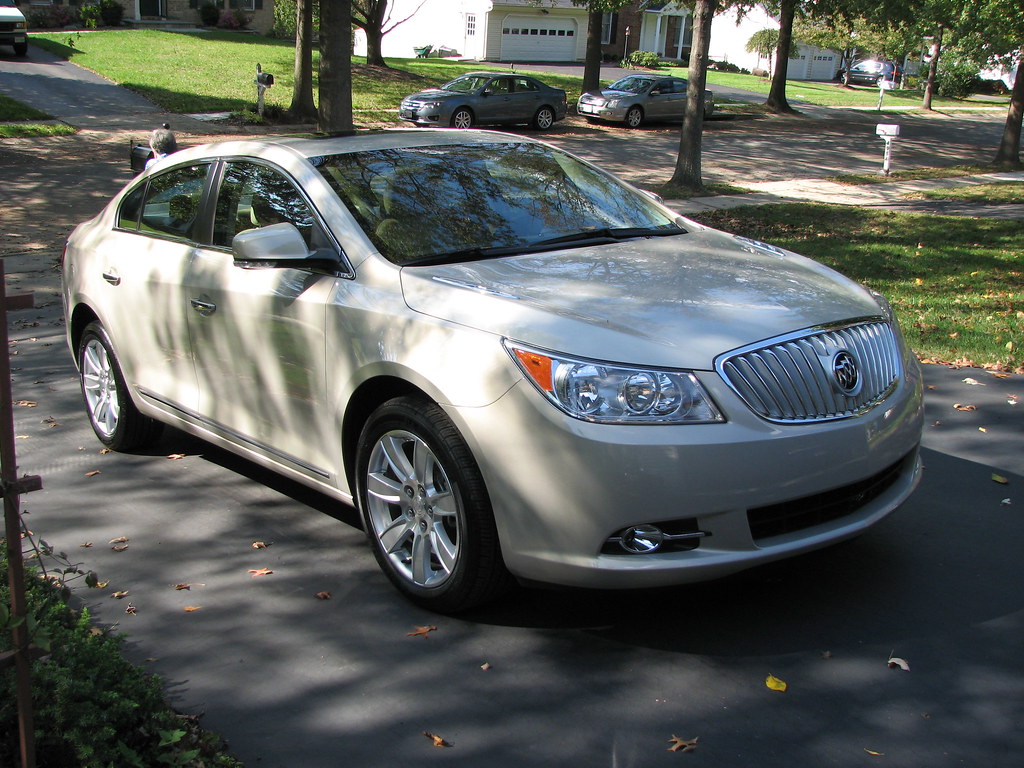
7. **Dedicated Physical Emergency Brake Levers**For decades, the traditional hand-operated emergency brake lever has been a familiar and reliable component in vehicle safety, providing drivers with a direct mechanical means to secure their car or initiate an emergency stop. This physical control offered a tangible sense of command and peace of mind, functioning independently of the vehicle’s main braking system.
In line with contemporary design principles focused on minimalism and maximizing interior space, many newer vehicle models are now replacing these dedicated physical levers with electronic parking brakes. While these electronic systems undeniably offer a sleek appearance and contribute to a less cluttered cabin, their operational integrity hinges entirely on the proper functioning of software and power systems.
The reliance on electronic controls for such a critical safety function introduces a potential vulnerability. In the event of an electrical failure or software malfunction, drivers may find themselves without any manual means to stop their vehicle on a steep incline or during an unforeseen emergency. Furthermore, some drivers report a diminished ability to “feel” the precise braking force exerted by an electronic system compared to the intuitive feedback provided by pulling a physical lever, subtly eroding a layer of driver control and confidence.
Read more about: Beyond the Ignition: Unveiling the 14 Secret Car Features You Didn’t Know You Had, From Lifesaving Functions to Everyday Conveniences
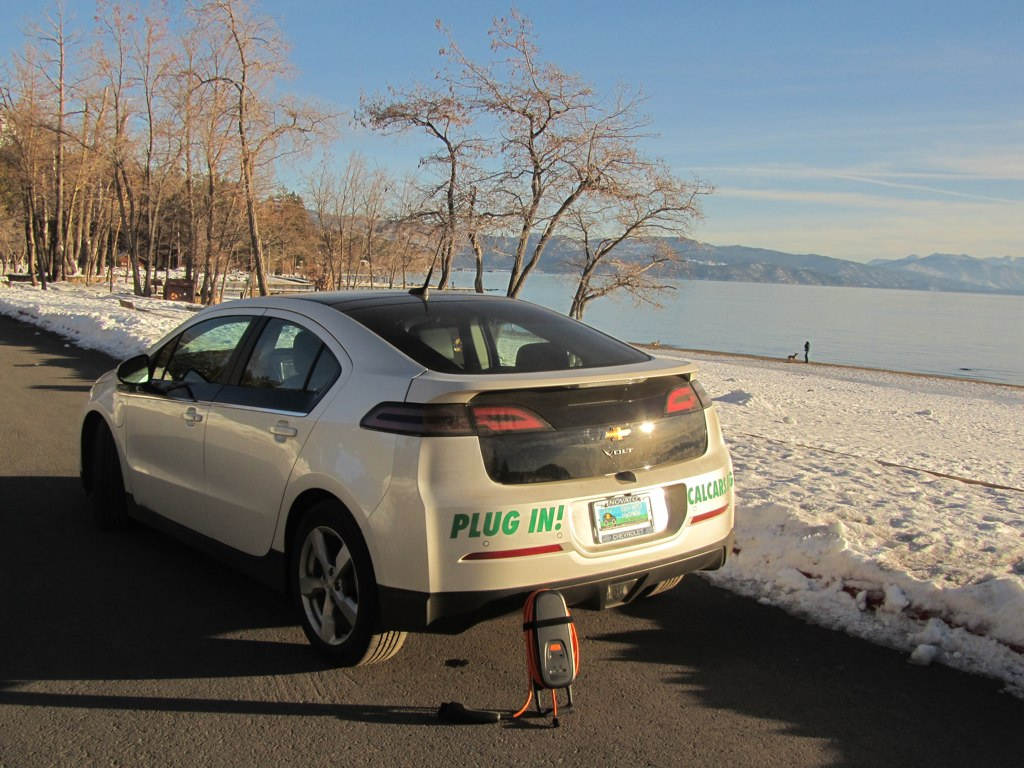
8. **Electronic Stability Control (ESC), Traction Control, and ABS Brakes on Motorcycles**Electronic Stability Control (ESC), traction control, and Anti-lock Braking Systems (ABS) represent foundational pillars of modern vehicle safety. These interconnected technologies are designed to prevent skidding, maintain tire grip, and enhance steering control, particularly during emergency maneuvers or adverse road conditions. On motorcycles, where stability is inherently more challenging, the presence of these systems can be truly life-saving, significantly reducing the likelihood of crashes caused by loss of control.
Despite their proven efficacy in mitigating accidents and their widespread adoption in passenger cars, these critical safety features are regrettably often treated as optional equipment on motorcycles. Manufacturers, in their pursuit of balancing benefits against costs, frequently reserve ESC, traction control, and ABS for their most expensive motorcycle models or offer them as part of premium, add-on packages. This selective inclusion highlights an institutional reluctance to provide across-the-board safety improvements, leaving a significant segment of riders exposed to greater risks.
The absence of these systems transforms a controlled situation into a potentially catastrophic one, as riders may find themselves without crucial assistance when sudden braking or sharp turns are required. This decision by manufacturers to make such vital features optional raises serious questions about consumer protection and, in some cases, can lead to complex legal issues surrounding liability when injuries occur due to a vehicle’s failure to be equipped with available safety technology that could have prevented harm.
For any motorcyclist, or anyone considering purchasing a motorcycle, it is absolutely paramount to meticulously verify the inclusion of ESC, traction control, and ABS brakes. These systems can make the critical difference between a near-miss and a severe accident, and their omission for the sake of cost-saving is a compromise on safety that no rider should have to accept.
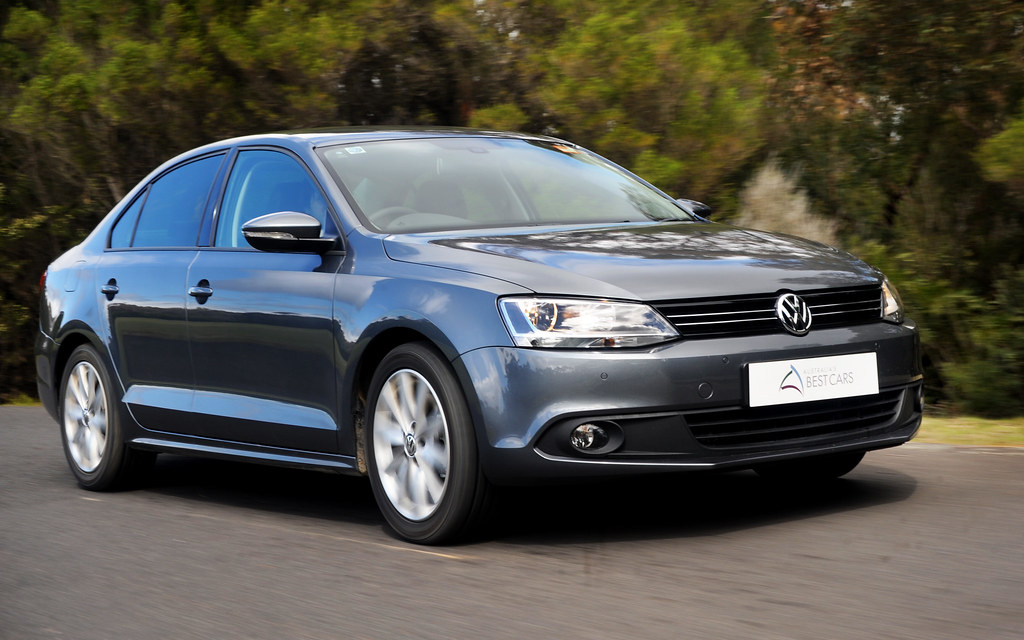
9. **Optional Integrated Booster Seats**Ensuring the safety of children in vehicles is a paramount concern for parents, and integrated booster seats offer a highly effective solution. Built directly into the second row of a vehicle, these seats provide superior protection for kids by ensuring proper seatbelt fit and positioning, without the hassle of installing and uninstalling external booster seats. They combine convenience with enhanced safety, making them an ideal choice for families.
However, this valuable safety feature is often offered only as an optional component in various cars, SUVs, and vans, rather than being a standard inclusion. This manufacturing decision can place a financial barrier between families and what should be considered a fundamental safety provision for younger passengers. When manufacturers choose to offer such critical protective features as options, it forces consumers to weigh cost against the safety of their children.
The implications of making integrated booster seats optional extend beyond mere convenience; they touch upon the very definition of a safe product. Legal precedents suggest that when a product is marketed with an available safety device but not another, the question of a design defect can be raised. The choice to omit a feature providing superior protection for children, particularly when the technology is available, could be seen as falling short of an optimal design, potentially leading to increased injury risk for child occupants.
Prospective buyers, especially those with young children, should actively inquire about the availability of integrated booster seats. If they are not standard, it is crucial to consider the added expense of these options or to ensure alternative child restraint systems provide comparable levels of safety and security. Prioritizing this feature is a direct investment in the well-being of the vehicle’s most vulnerable passengers.
Read more about: The Culinary Alchemist: 14 Simple Yet Powerful One-Ingredient Kitchen Hacks That Elevate Every Dish

10. **Rearview Camera/Rear Obstacle Detection System**Rearview cameras have become an indispensable tool for drivers, significantly enhancing visibility behind the vehicle when backing up. This technology provides a clear, real-time view of the area directly behind the car, drastically reducing the risk of backing collisions with other vehicles, objects, or, most critically, pedestrians. Studies show that backup collisions can be reduced by at least 17% with this feature, making it a powerful accident prevention tool.
Despite their undeniable utility and the proven reduction in accident rates, rearview cameras, along with more comprehensive rear obstacle detection systems, are frequently offered as optional equipment rather than being standard across all vehicle trims. While some form of rearview camera is becoming mandated, the broader, more sophisticated detection systems, which combine cameras with sensors, often remain confined to premium packages or higher trim levels. This strategic exclusion forces consumers to pay extra for a feature that fundamentally improves safety.
For drivers of larger vehicles like SUVs and trucks, or anyone maneuvering in busy parking lots and driveways, the absence of a comprehensive rear obstacle detection system elevates the risk of unforeseen impacts. Without the auditory or visual alerts provided by these systems, the burden of spotting hazards falls entirely on the driver, increasing the potential for costly damage or, far worse, injury to vulnerable individuals. The industry’s practice of offering these vital aids as expensive add-ons shifts the safety responsibility and associated risks directly to the consumer.
When evaluating a new vehicle, it is essential to look beyond just the presence of a basic rearview camera. Consumers should specifically verify whether the vehicle includes a full rear obstacle detection system, which can provide a more comprehensive safety net. Asking about the scope of these systems and ensuring their standard inclusion is a crucial step in making an informed purchase, ensuring no compromises are made on vital rearward visibility and collision avoidance.
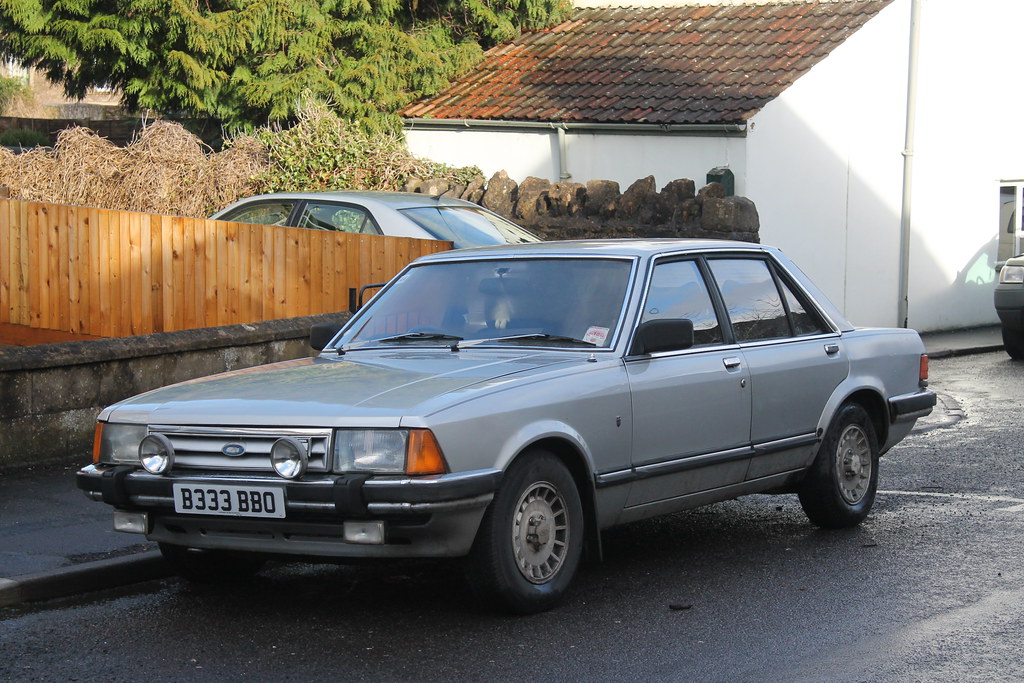
11. **Semi-Autonomous Crash Mitigation Radar/Camera Systems**Advanced semi-autonomous crash mitigation radar/camera systems represent the vanguard of preventative safety technology. These sophisticated systems utilize an array of forward-looking sensors and cameras to continuously monitor the road ahead, detecting potential frontal collisions with stationary objects, slower-moving vehicles, or even pedestrians. When a potential threat is identified, the system is designed to provide warnings and, if the driver does not react, apply the brakes to mitigate or avoid the collision entirely. This technology is particularly critical in heavy-duty trucks and motorcycles, where the consequences of a collision can be severe.
Despite their profound potential to reduce accident severity and frequency, these comprehensive crash mitigation systems are often inconsistently offered as optional equipment, particularly on heavy-duty trucks and certain motorcycle models. Automakers, in their evaluation of benefits versus costs, frequently position these advanced features as premium upgrades, making them inaccessible to a broader segment of consumers who could benefit immensely from their protective capabilities. This approach can create a deceptive impression of overall vehicle safety, as advertised promises may not reflect standard offerings.
The real-world performance of these systems, when they are present, sometimes falls short of the promises made in marketing. As seen with systems like the 2015 Jeep Cherokee’s forward collision warning (FCW) system, advertised capabilities to warn and apply braking to mitigate collisions did not always translate to complete avoidance in tests. This discrepancy between expectation and reality, coupled with their optional status, raises concerns about the true commitment to safety across all vehicle tiers and the potential for “broken promises litigation” if the system fails to perform as represented.
For buyers, especially those operating heavy-duty vehicles or motorcycles, it is imperative to not only confirm the presence of semi-autonomous crash mitigation systems but also to thoroughly research their proven performance and standard inclusion. Consumers must exercise due diligence, asking probing questions about the system’s capabilities, its activation parameters, and its track record, to ensure they are investing in genuinely effective and reliable protection rather than just a marketing claim.
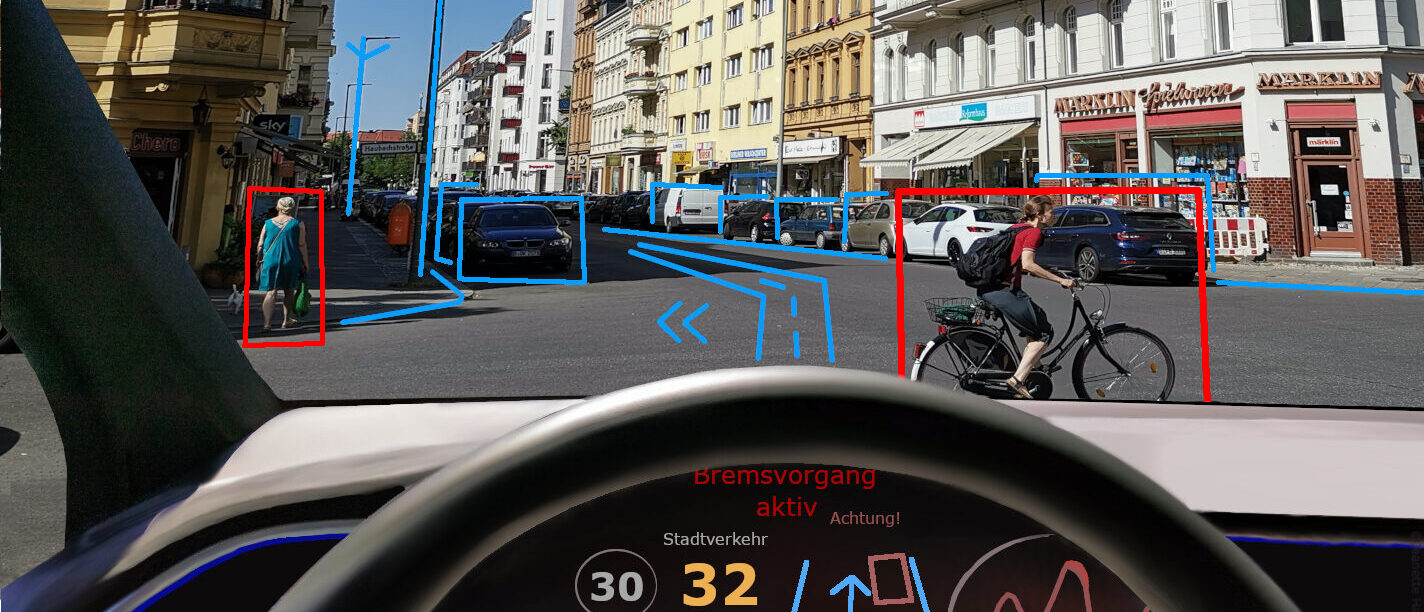
12. **Advanced Blind Spot Monitoring Systems**While physical blind spot mirrors offer a basic visual aid, advanced blind spot monitoring systems provide a significantly more comprehensive and active layer of protection. These sophisticated technologies utilize an array of sensors and cameras to continuously detect vehicles lurking in adjacent lanes or within the driver’s blind spots. Beyond simple alerts, some advanced systems can even intervene, subtly redirecting the vehicle or applying brakes to help avoid a collision if a lane change is initiated while another vehicle is detected.
Despite their proven effectiveness in preventing lane-change accidents and their ability to actively assist drivers, these advanced monitoring systems are frequently relegated to optional packages or high-end technology upgrades. This decision by manufacturers positions a crucial safety feature as a luxury item, effectively limiting its availability to consumers who are willing and able to pay a significant premium. The industry’s reluctance to make these improvements standard reflects a pattern of prioritizing cost-cutting over universal safety.
The implications of this optional status are substantial, as drivers without these systems are left with fewer tools to identify hazards during critical maneuvers. The absence of either robust digital or active intervention support makes everyday actions like changing lanes or backing up inherently riskier. This situation underscores the legal and ethical questions surrounding a manufacturer’s responsibility to equip products with essential safety features, particularly when the technology is readily available and effective.
Prospective vehicle owners should consider advanced blind spot monitoring systems to be an indispensable safety component. When researching a new car, it is vital to inquire specifically about the type of blind spot detection offered, whether it includes active intervention, and if it is standard across all trim levels. Settling for anything less than a comprehensive system means potentially foregoing a critical safeguard against common and dangerous collisions.
Read more about: Which 2025 Midsize Sedans Truly Deliver the Best Value: An In-Depth Consumer Report

13. **Rollover Airbag Curtains**Rollover accidents, while less frequent than other types of collisions, are among the most severe, often leading to serious injuries or fatalities due to ejection or impacts within the vehicle. Rollover airbag curtains are a specialized safety feature meticulously engineered to deploy during such events, providing crucial head and torso protection for occupants across all seating rows. These curtains help prevent ejection and cushion passengers from contact with the vehicle’s interior, significantly enhancing survival rates.
Despite the potentially catastrophic nature of rollover events, and the proven benefits of these dedicated airbags, rollover airbag curtains are sometimes offered as optional equipment, particularly in certain categories of vehicles like SUVs and vans that may have a higher center of gravity. This decision to make such a vital protective system an add-on underscores the industry’s ongoing internal debate regarding the cost-benefit analysis of universal safety features. When safety is optional, it places an undue burden on the consumer to identify and purchase essential protection.
This practice raises important questions about product liability, drawing parallels to legal precedents where manufacturers have been held liable for failing to equip products with available safety devices, such as roll cages on skid loaders. The context suggests that evidence of a manufacturer marketing optional safety features can, by their very existence, demonstrate a defective design when the product is furnished without this feature. The omission of rollover airbag curtains, despite their availability and importance, thus represents a critical design choice with potentially severe consequences.
For any car buyer, especially those considering larger vehicles or those frequently transporting passengers, confirming the presence and standard inclusion of rollover airbag curtains is non-negotiable. These airbags offer a specific and vital layer of protection against one of the most dangerous types of accidents. Prioritizing this feature ensures that occupants are afforded the highest possible level of safety in an emergency, rather than being exposed to preventable harm.
Read more about: Safety Shames: Unpacking the Hidden Dangers of 10 Iconic Classic Cars on Modern Highways

14. **Side Curtain Airbags (Removed from Fleet Vehicles)**Side curtain airbags are a critical safety component designed to protect occupants during side-impact collisions, which are the second most common type of crash and frequently result in severe head and chest injuries. These airbags deploy from the roof rail, creating a protective barrier between the occupant and the intruding vehicle or object, significantly reducing the risk of impact and ejection. They are widely recognized as a mandatory safety feature by advocates.
A deeply troubling aspect of safety feature removal involves their deliberate deletion from fleet vehicles. For instance, General Motors permitted Enterprise Rent-A-Car to remove standard side curtain airbags from certain 2006-2008 Impalas and 2008-2009 Cobalts. This occurred despite these models being advertised to the general public with side curtain airbags as standard equipment, creating a dangerous disparity between vehicles sold to fleets and those sold directly to consumers.
The repercussions of this practice are profound and far-reaching. Most obviously, it leads to a direct reduction in safety for subsequent owners, as these altered vehicles lack crucial protection in side-impact crashes. Furthermore, official government star ratings from the National Highway Traffic Safety Administration (NHTSA) become inaccurate, as they do not reflect the performance of vehicles missing these airbags. Uninformed purchasers are misled, believing their used vehicle includes a safety feature central to their buying decision, especially for families with children, affecting both safety and vehicle value.
Consumers purchasing pre-owned vehicles, particularly those with a history as fleet or rental cars, must exercise extreme caution. It is imperative to physically verify the presence of side curtain airbags by looking for the “AIRBAG” stamp near the interior roofline. Additionally, checking the vehicle’s VIN (Position 7) can reveal if these airbags were omitted. This vigilance is essential to avoid unknowingly acquiring a vehicle with compromised safety features, ensuring full protection for all occupants.

15. **OnStar (Removed from Fleet Vehicles)**OnStar, General Motors’ acclaimed automatic crash notification system, has long been touted as a comprehensive in-vehicle security, communications, and diagnostics system. Its primary safety function is to immediately alert first responders in the event of a crash, directing them to the exact location and providing vital information about the accident’s severity. This rapid response capability is often crucial in minimizing injury and saving lives, especially in remote areas or where occupants are incapacitated.
Similar to the deletion of side curtain airbags, GM also allowed fleet buyers to remove OnStar from certain models of Impalas and Cobalts. This decision quietly stripped a crucial safety and communication feature from a segment of vehicles that would eventually be resold to the general public. The deletion of OnStar deprives an innocent purchaser of a safety feature they would reasonably believe to be present, given its widespread promotion and standard inclusion in many GM vehicles.
The removal of OnStar has significant, though often unseen, implications. In emergency situations, the automatic notification feature can drastically reduce response times, which is a critical factor in positive outcomes following severe accidents. Without OnStar, occupants might be left stranded and unable to call for help, especially if they are injured. This hidden compromise in fleet vehicles underscores a systemic issue where corporate cost-saving measures directly undermine consumer safety and informed purchasing decisions.
This pattern of removing “standard” features from fleet vehicles before reselling them as used cars highlights a clear need for greater transparency from manufacturers and retailers. Consumers must go beyond assumptions and actively investigate the full suite of safety features in any vehicle, particularly pre-owned ones. Asking specific questions and verifying features like OnStar, through physical inspection or VIN checks, is no longer just recommended but essential to ensure the vehicle truly provides the level of safety expected and advertised. It’s about empowering yourself with knowledge to drive away with confidence, knowing your vehicle is equipped to protect you and your loved ones in every conceivable situation.
### Protecting Yourself: A Call for Vigilance in the Modern Automotive Landscape
The evolving automotive landscape, while promising innovation and advanced technology, presents a new frontier of challenges for consumers. As our in-depth examination reveals, the quiet removal or strategic relegation of vital safety features is a disturbing trend, often obscured by marketing rhetoric and complex trim packages. From critical stability controls on motorcycles to life-saving airbags in fleet vehicles, the onus increasingly falls on the buyer to navigate a labyrinth of choices and omissions.
This isn’t merely about inconvenience; it’s about the tangible risks of heightened injury, fatality, and increased costs when safety systems are absent or underperform. Automakers, while touting their commitment to safety, often make institutional decisions that prioritize profit over the across-the-board protection of consumers. When these promises are broken, or when essential features are made optional, it creates a dangerous gap between consumer expectation and real-world safety.
As consumers, we must adopt a proactive, informed stance. Do not assume any safety feature is standard; verify its presence, understand its functionality, and question its absence. Demand transparency from dealerships, scrutinize the fine print, and meticulously compare specifications. Your diligence at the point of purchase is the most potent defense against these quiet compromises. In a world where every mile counts, ensuring your vehicle is equipped to protect you and your loved ones in every situation, not just the ones advertised, is an investment that truly matters. Stay informed, stay vigilant, and drive safely.



